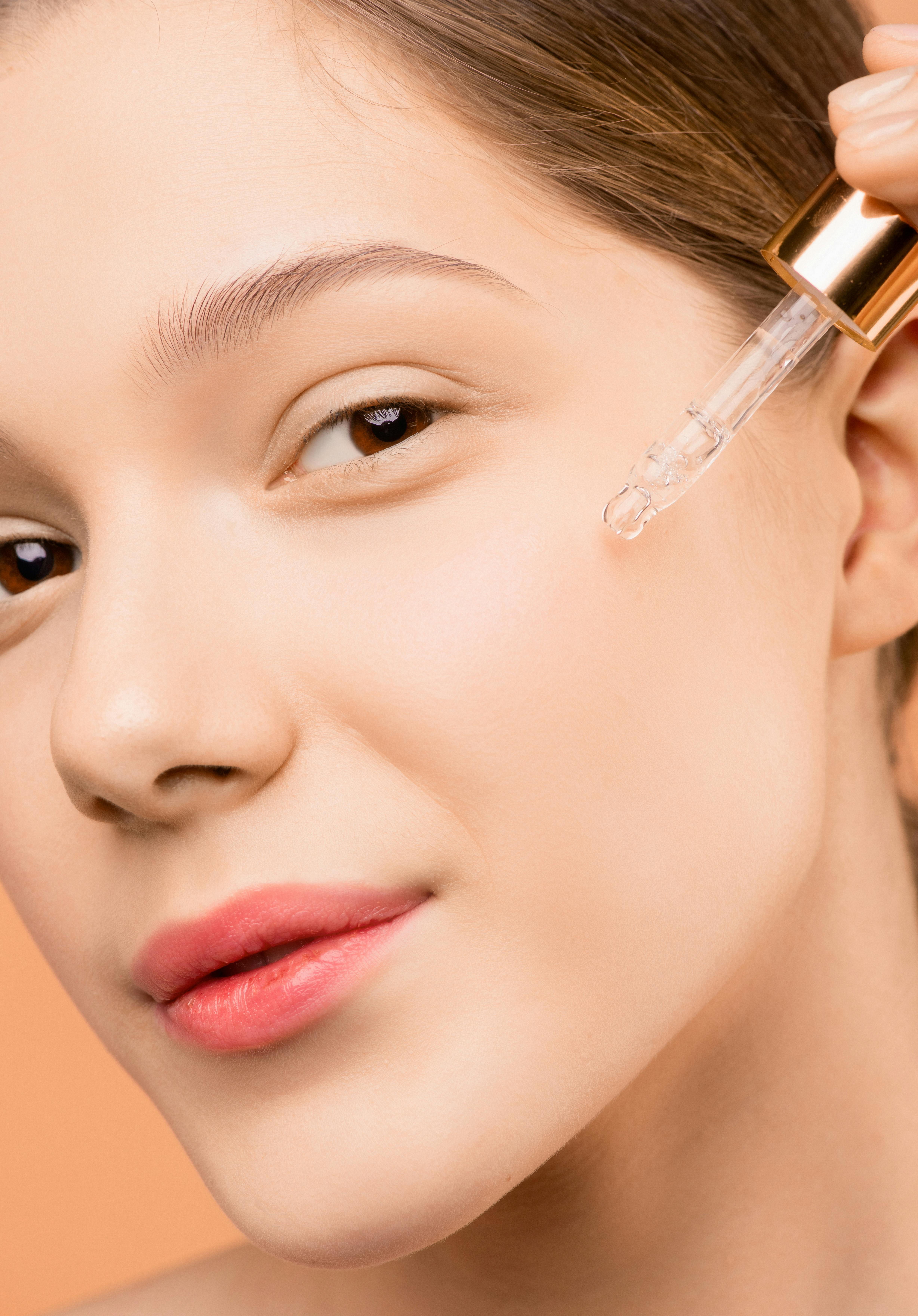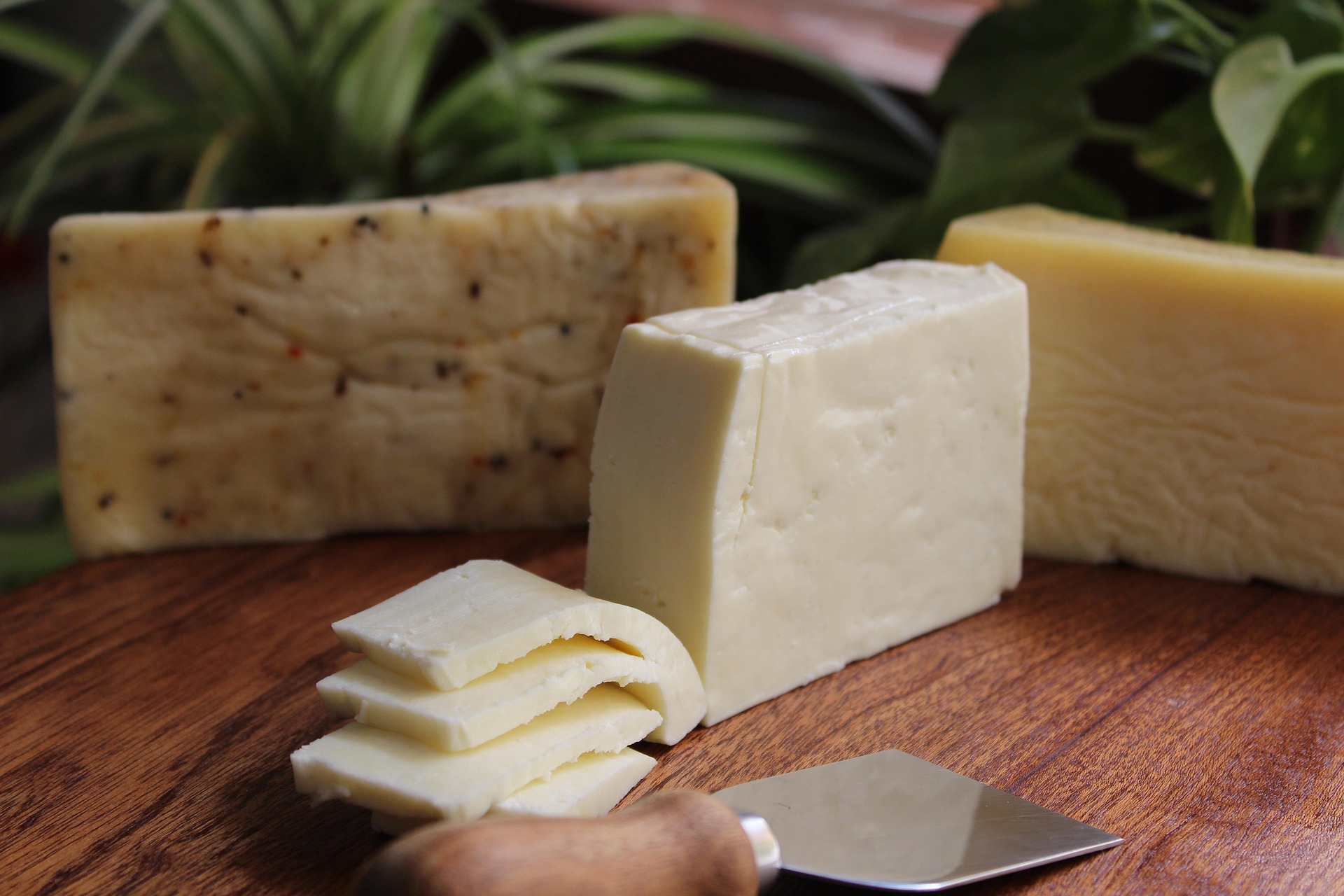Rejuvenating Beauty: The Science and Art of Juvederm
Juvederm, a renowned name in the domain of aesthetic medicine, has revolutionized the sphere of non-surgical facial rejuvenation. This FDA-approved filler, primarily composed of hyaluronic acid, a natural substance found in the skin, muscles, and tendons of humans, has emerged as a preferred choice for those seeking to combat signs of aging such as wrinkles and volume loss. The rise of Juvederm highlights a significant shift in societal attitudes towards beauty and aging, with more individuals embracing non-invasive procedures to enhance their natural beauty and maintain a youthful appearance. This article delves into the intriguing history, application, and impact of Juvederm, offering a comprehensive understanding of this popular beauty treatment.

A Leap in Time: The Advent of Juvederm
The roots of Juvederm can be traced back to the early 2000s, when Allergan, a global pharmaceutical company, introduced it as a novel solution for facial wrinkles. Juvederm’s unique selling proposition was its primary component, hyaluronic acid, which was considered a safer alternative to collagen, the standard choice for fillers at that time. The treatment gained FDA approval in 2006, paving the way for its widespread use in aesthetic medicine.
The Art and Science Behind Juvederm
Juvederm is a smooth, injectable gel that restores the skin’s volume and erases facial wrinkles and folds. It works by replenishing the skin’s supply of hyaluronic acid, which diminishes with age, leading to loss of volume and the appearance of wrinkles. The procedure is quick, often taking less than an hour, and the results are instant, making it a convenient option for those seeking immediate results with minimal downtime.
An intriguing aspect of Juvederm is its versatility. It is available in different formulations, each designed to address specific areas of the face. For instance, Juvederm Voluma XC is used to add volume to the cheek area, Juvederm Ultra XC and Juvederm Volbella XC are used for lip augmentation, and Juvederm Vollure XC is used for the correction of moderate to severe facial wrinkles and folds.
The Rising Popularity of Juvederm
The popularity of Juvederm can be attributed to several factors. Its ability to offer instant results with minimal discomfort and downtime resonates with today’s fast-paced society where time is a valuable commodity. Moreover, the rise of social media and the desire to look ‘camera-ready’ at all times has fueled the demand for non-surgical cosmetic procedures.
Another factor contributing to Juvederm’s popularity is the growing acceptance and normalization of aesthetic treatments. As society continues to shift its perception of beauty and aging, more individuals are opting for treatments like Juvederm to enhance their natural beauty and boost their self-confidence.
The Impact and Reception of Juvederm
Juvederm has left a significant impact on the beauty industry, setting new standards for non-surgical facial rejuvenation. It has altered the landscape of aesthetic medicine, offering a safer, effective, and time-efficient alternative to more invasive procedures.
The reception of Juvederm has been largely positive, with many users praising its ability to deliver natural-looking results. However, like any medical procedure, it is not devoid of potential side effects. Some individuals may experience temporary reactions such as redness, pain, firmness, swelling, or bumps at the injection site.
The Journey Ahead: The Future of Juvederm
Looking ahead, the future of Juvederm appears promising. The advent of newer formulations and techniques promises to enhance the efficacy and versatility of this treatment. Moreover, the growing emphasis on ‘age-positive’ beauty, one that embraces aging while seeking to maintain a youthful and vibrant appearance, is likely to further fuel the demand for Juvederm.
In conclusion, Juvederm represents a remarkable blend of science and art, providing a means to rejuvenate the skin and combat signs of aging. Its rise to prominence reflects the evolving societal attitudes towards beauty and aging, and its continued popularity suggests that it will remain a relevant and influential player in the world of aesthetic medicine.






